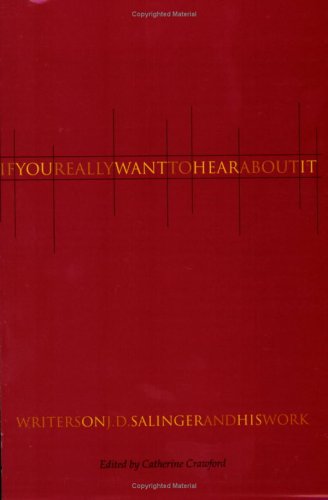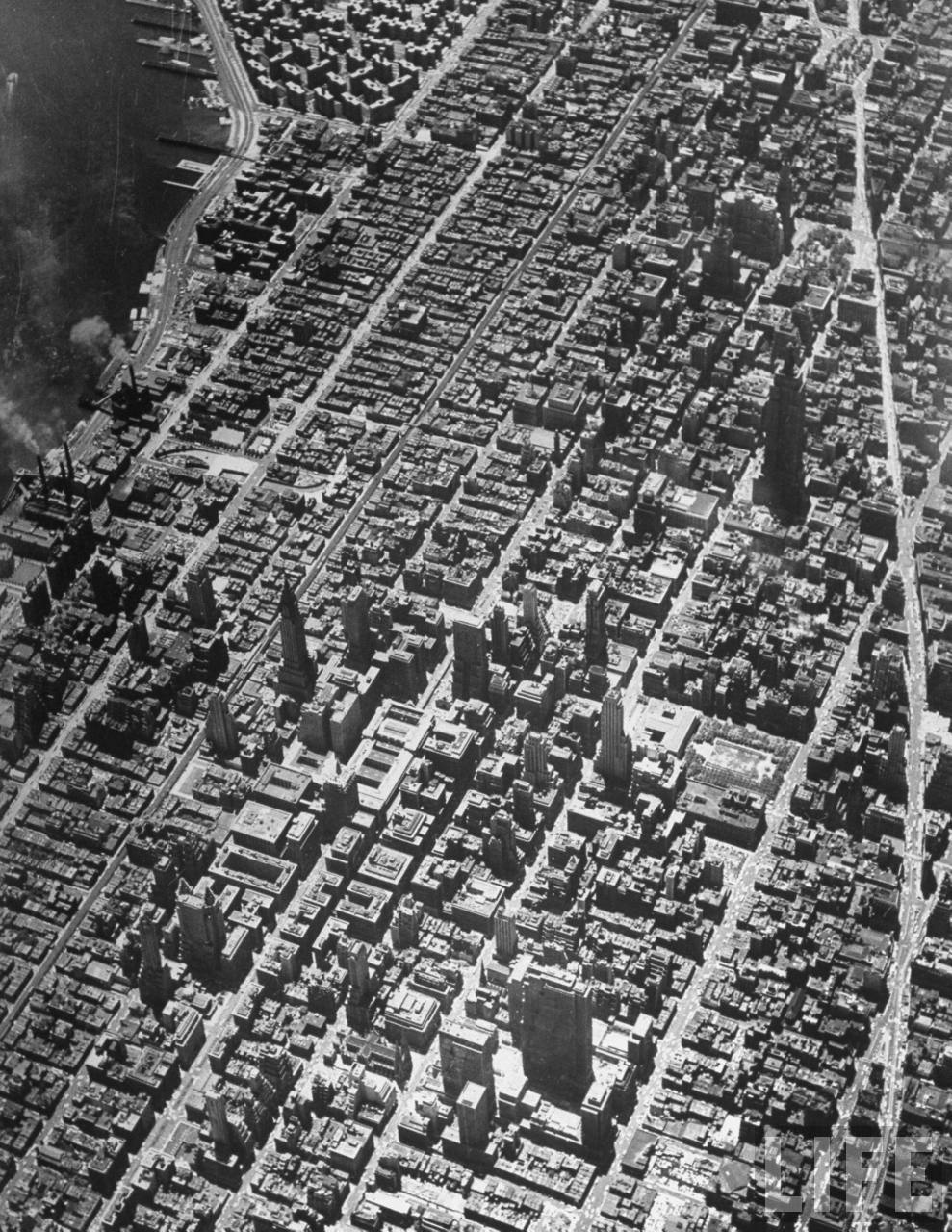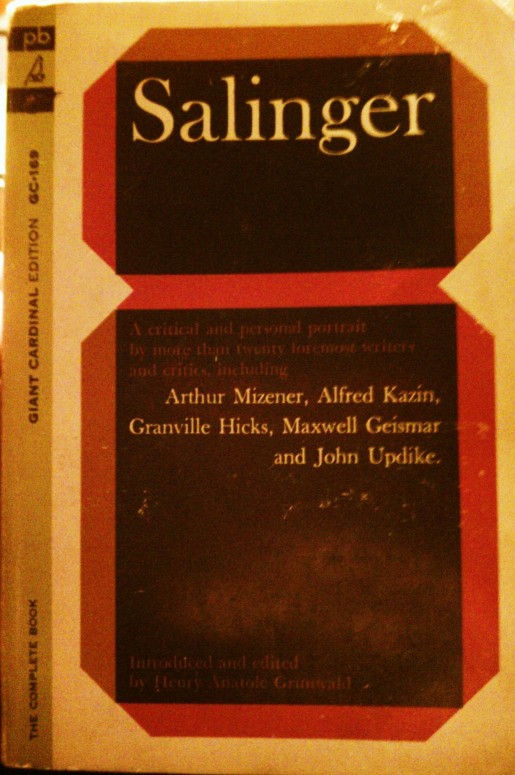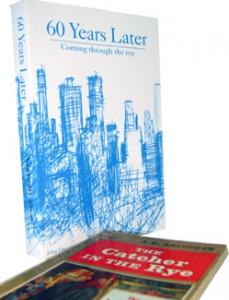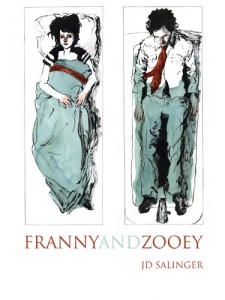MLA Citation:
Jacket Copy:
“Famously reclusive and yet an undying source of inspiration for generations of readers, Salinger is one of the greatest mysteries of American literature. This is the first comprehensive collection of writings about J.D. Salinger and his work, an amalgam of over fifty years’ worth of attempted interviews, documented sightings, unauthorized profiles, and stifled cries of devotion, as well as the best of the book reviews.
Includes a never-before-published retrospective by Joyce Maynard, whose 1997 memoir, which documented her year-long affair with J.D. Salinger when she was sixteen years old, caused a rupture in the literary establishment.”
Contents:
Part I: In Search of Salinger
Shirlie Blaney: Interview with J.D. Salinger
Ernest Havemann: The Search for the Mysterious J.D. Salinger
Betty Eppes: What I Did Last Summer
Lacey Fosburgh: J.D. Salinger Speaks About His Silence
Michael Clarkson: Catching the “Catcher in the Rye” J. D. Salinger
Ron Rosenbaum: The Catcher in the Driveway
Part II: Critics and Cranks
Eudora Welty: Threads of Innocence
Arthur Mizener: The Love Song of J.D. Salinger
Alfred Kazin: J.D. Salinger: “Everybody’s Favorite”
John Updike: Anxious Days for the Glass Family
Mary McCarthy: J.D. Salinger’s Closed Circiut
Arnold Lubasch: Salinger Biography is Blocked
Mordecai Richler: Summer Reading; Rises at Dawn, Writes, Then Retires
Michiko Kakutani: From Salinger, a New Dash of Mystery
Jonathan Yardley: J. D. Salinger’s Holden Caulfield, Aging Gracelessly
Part III: Deconstructing Jerry
Sarah Morrill: A Brief Biography of J.D. Salinger
Paul Alexander: Theft, Rumor, and Innuendo: An excerpt from Salinger: A Biography
John Dugdale: Eighty Years of Solitude
Dipti R. Pattanaik: The Holy Refusal
David Skinner: The Sentimental Misanthrope: Why J. D. Salinger Can’t Write
Alex Beam: J. D. Salinger, Failed Recluse
Lois Menand: Holden at Fifty
Part IV: Family, Friends, and Fanatics
Margaret Salinger: Excerpt from Dream Catcher: A Memoir
Margaret Salinger: Daughter of J.D. Salinger, Discusses Her New Book, Dream Catcher
Joyce Maynard: Excerpt from At Home in the World
Daniel M. Stashower: On First Looking into Chapman’s Holden
Selections from Letters to J.D. Salinger
Joanna Smith Rakoff: My Salinger Year
J.B. Miller: Salinger and Me

